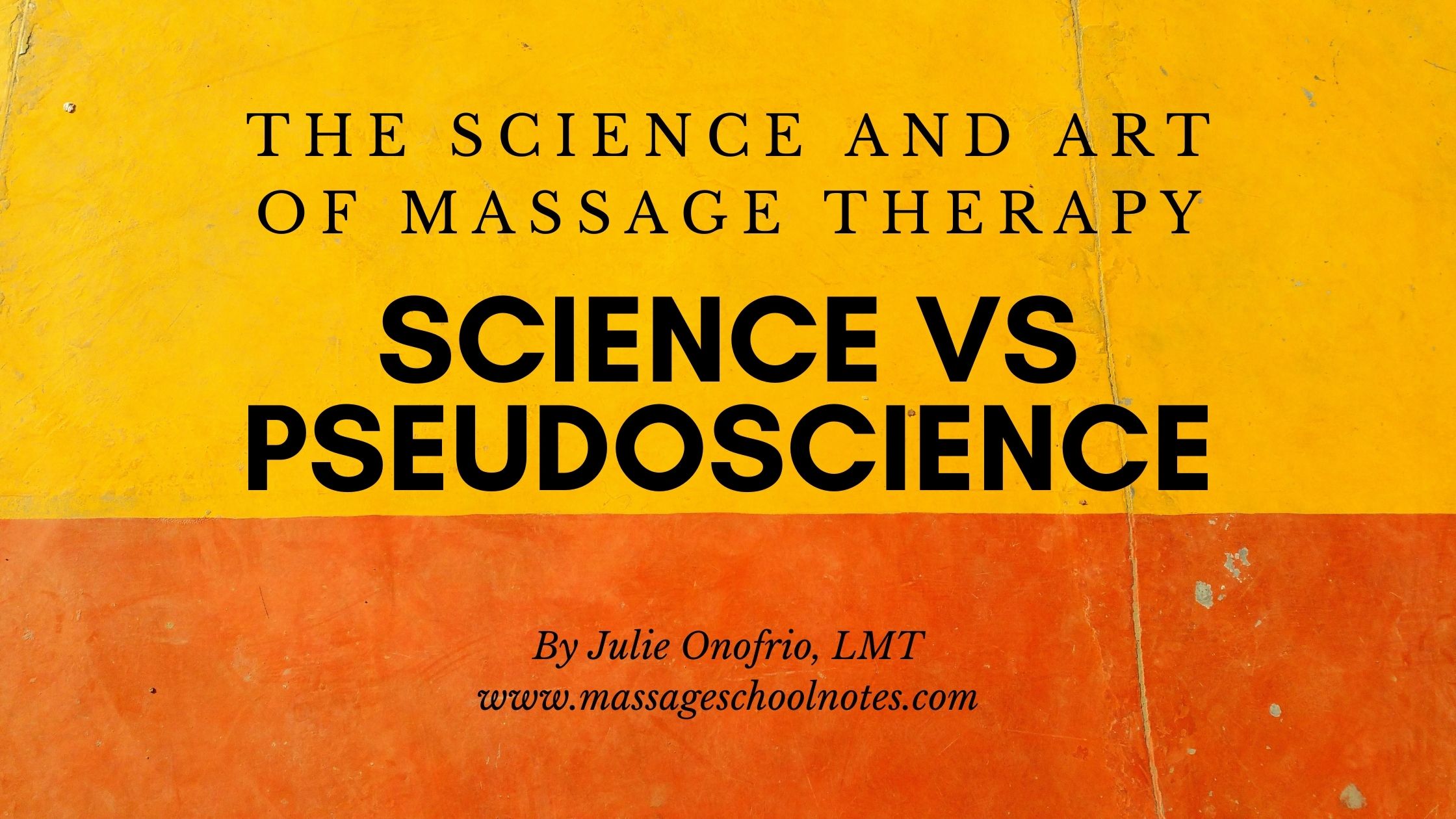In pseudoscience or fake science, bias (read more about bias in part 1 – Science Literacy) is often the basis of collecting the evidence along with poor evaluation of evidence to agree with their theory. There is no quality control in pseudoscience. It does not mean that it is bad science.
Science fraud is where people do studies and make up the results or do things like drop the data that does not show what they want it to show.
Bad science is generating faulty results due to errors made in the collection of evidence or during analysis.
Science-ploitation is the use of real science in order to sell bunk, the use of real science in order to sell products. It makes it look like there is evidence behind something when there really is not. We see it all the time in the media where they take a study or area of science and try to simplify it for the general public leading to click bait stories. There is misinformation in every area but alternative therapies are high on the list. You see it all the time in the massage profession when people will sell products with the words like “natural” ,
A scientist is skeptical of all claims, even claims that are based in evidence collected by the scientific process. Being skeptical in the massage profession means you will work to evaluate all of the available evidence with an open mind and that the theory may evolve as we gather more evidence.
Pseudoscientists will never update their claims based off new evidence.
To be a scientist you must always think skeptically, ask questions, search for evidence, and evaluate that evidence and form tentative conclusions while keeping an open mind to evidence as it comes your way. It is really hard to be skeptical!
Other qualities of Pseudoscience
- Relies on tradition, folklore, anecdotes, common sense, opinions
- Conspiracy theories
- tends to emphasize the existence and supposed unsolvability of mysteries.
- if it is an ancient myth, tradition or folklore, it must be based on some kind of real events, which became distorted in the course of oral transmission from generation to generation.
- uses hearsay rather than facts
Pseudoscientists will generally reverse the burden of proof and move their argument into asking anyone questioning their claim to provide overwhelming, often unavailable, evidence.
Why do people fall for pseudoscience? (and conspiracy theories?)
The massage therapy profession is full of pseudoscience and so called indigenous wisdom, handed down through tradition. We just do not have enough research on the topic of massage therapy that gives us enough evidence to say we are providing evidence based massage. At best we provide evidence informed massage.
In times of uncertainty it brings up much fear and anxiety making it difficult to think critically. We see what we see in our daily massage practice and know it it true. We are all just trying to make sense of what we do and feel good about what giving massage. We need to look to our leadership – our professional associations and schools to help us iron out the pseudoscience claims and get us all on track.
Pseudoscience speaks to powerful emotional needs that Science often leaves unfulfilled. It caters to fantasies about personal powers we lack and long for like those attributed to superheros and religious gods. ~Carl Sagan. The Demon Haunted World (Amazon affiliate link)
Uncertainty doesn’t just change the way that people rate other groups or rate leaders. It actually changes the way that people think about and perceive leaders or groups.
Massage school is often a very stressful experience because the information is so new people are putting so much trust into the teachers and schools. It is often difficult to challenge a teacher on specific information and many don’t want to rock the boat. Students just want to get through massage school and there just is not enough time in the day to question everything.
That is called Cognitive load. It is the capacity which a person can think about something. So if a person say is dealing with a lot of different environmental stimuli, the cognitive load will be quite high. Even after massage school, the stress of finding a job or starting a new business can be overwhelming so there is no time to question what you learned. My first 5 – 10 years I took classes that went totally against everything I learned in massage school as far as techniques and even contraindications. It was if I was learning a whole new thing except for the basics of anatomy, physiology, kinesiology and pathology.
Schools and teachers have used low-quality evidence, like anecdotes, or expert opinions, or even pseudoscientific claims often because we don’t have much else to explain what and why were are doing things. The human mind is always looking for explanations so we can feel safe and secure. The evidence is lacking, which is why we need more research. This is OK though as it is still useful for providing us the opportunity to generate testable rival hypotheses. This could be done through case studies for starters.
Deconstructing Pseudoscience.
Pseudoscience leverages ethos (credible anecdotes and “expert” advice) and pathos (appeals strongly to emotions) while faking logos (logic and sound evidence). (Read the first part of this series on Science Literacy for more info on ethos, pathos, logos) That is why we need to understand critical thinking and what gets in the way of critical thinking.
This is just the beginning of learning about pseudoscience. Start with reading Carl Sagan’sThe Demon Haunted World (Amazon affiliate link). Challenging the beliefs we have had for many years is difficult to say the least. It takes understanding how beliefs are created and the reasons we create them. The Believing Brain (Amazon affiliate link) From Ghosts and Gods to Politics and Conspiracies—How We Construct Beliefs and Reinforce Them as Truths can help to begin the process.
